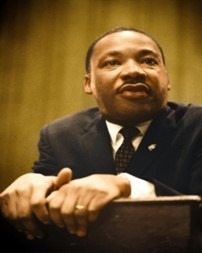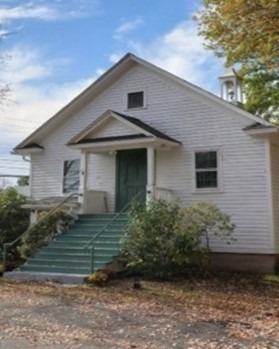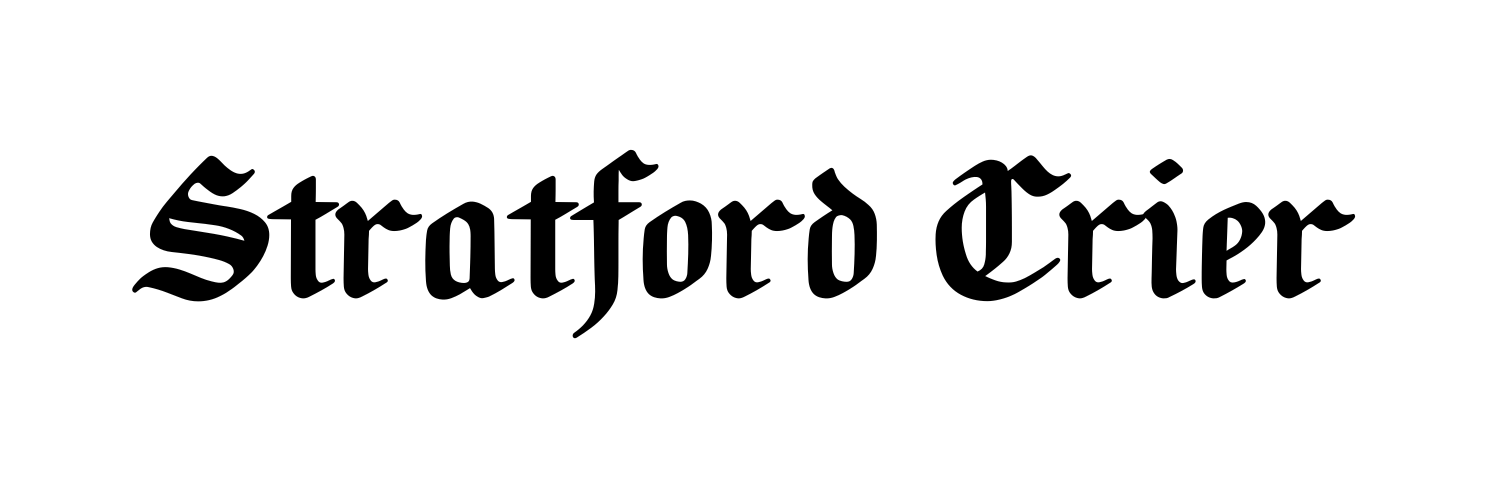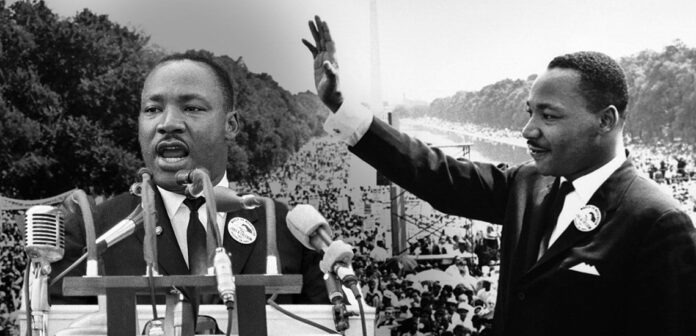How Connecticut Changed the Life of Martin Luther King Jr
By Barbara Heimlich, Editor
Editor’s Note: This article was published in the Stratford Crier on January 15, 2021. Of all of the stories the Crier has published on Martin Luther King, Jr., this one received the most reader responses.


In 1944, as a 15-year-old incoming freshman at Atlanta’s Morehouse College, King and a group of 100 other students came to the Farmington Valley to work in the tobacco fields for a summer. King returned for an additional summer three years later.
During World War II tobacco was considered “essential” to the war effort, and a call went out from tobacco farmers in Connecticut looking for help. The Morehouse students worked mostly at three locations: two in Simsbury and one field that crosses the Simsbury-East Granby town line.
After being in Connecticut, King “felt an inescapable urge to serve society”, King wrote that it was difficult to return from the more integrated North to the Jim Crow-era South, according to a 2011 documentary produced by Simsbury High School students. “After that summer in Connecticut, it was a bitter feeling going back to segregation,” King wrote.

In letters home, King talked about working hard on the Cullman Brothers farm — but he also talked about eating at nice restaurants and going to church with white people. Morehouse students also attended integrated dances at the Simsbury Grange. He attended Simsbury churches, sang with the choir, enjoyed drugstore milkshakes and attended movies at Eno Hall, the Simsbury Senior Center. He made weekend visits to the “big city” of Hartford. In a letter to his mother in June 1944 he remarked that he had eaten in “one of the finest restaurants in Hartford” and that he had “never thought” that people of different races “could eat anywhere” together.
On Sundays, he and other students would go to the First Church of Christ to attend services. Just 15 years old, Martin Luther King Jr. was selected to be the religious leader for the group of young men and led meetings at the dorms where topics such as changing the world and contributing to society were discussed.
In letters home to his mother, MLK implies that his call to ministry developed during his time here in Simsbury. In his application to Crozer Theological Seminary School, Dr. King described his call that this decision “came about in the summer of 1944 when [he] felt an inescapable urge to serve society. In short, [he] felt a sense of responsibility which [he] could not escape” (King Institute, Stanford). Reverend Dr. Martin Luther King Jr. would go on to dedicate his life towards justice, peace, and equality. Dr. King won the Nobel Peace Prize in 1964.

But while King’s Connecticut summers are recorded in documents and referenced in at least one of his speeches, the history has been archived sporadically and inconsistently. Significant buildings, the tobacco barns where the Morehouse students worked, the dormitory where they lived, were not listed on the National Register of Historic Places, which put them at risk.
In 2019 SHPO (State Historic Preservation Office) was awarded a African American Civil Rights Grant, administered by the National Park Service. The goal of the grant is to recognize a generation of students from Morehouse College in Georgia who came to work in Connecticut’s tobacco fields.
In the summer of 2010 the Simsbury Free Library (SFL) sponsored a team of students from Simsbury High School in an in depth research project concerning the history of the young Martin Luther King and the Morehouse students here in Simsbury. Their efforts included hundreds of hours of taped interviews with people who lived in Simsbury at that time or who otherwise had firsthand knowledge of the Morehouse College student’s visits. The team looked at correspondence and other contemporaneous documentation.
They even came across a “long lost” audiotape of a 1959 address by Dr. King at the University of Hartford in which he fondly recalled his days in Simsbury. The end result of this SFL sponsored project was a remarkable 18-minute documentary film entitled “Martin Luther King, Jr. in Connecticut.” It was featured at the official Martin Luther King Day celebration at the State Capital on Jan.17, 2011 and shown to capacity crowds at Eno Hall later that day.
Fittingly, the student’s achievement was the subject of a 5 minute feature seen coast to coast on the CBS Evening News. The segment ended with the observation that “who knows, perhaps the view from the mountain began in a Valley” i.e., Simsbury. The video created by the Simsbury High School students is available at https://vimeo.com/18894778.

